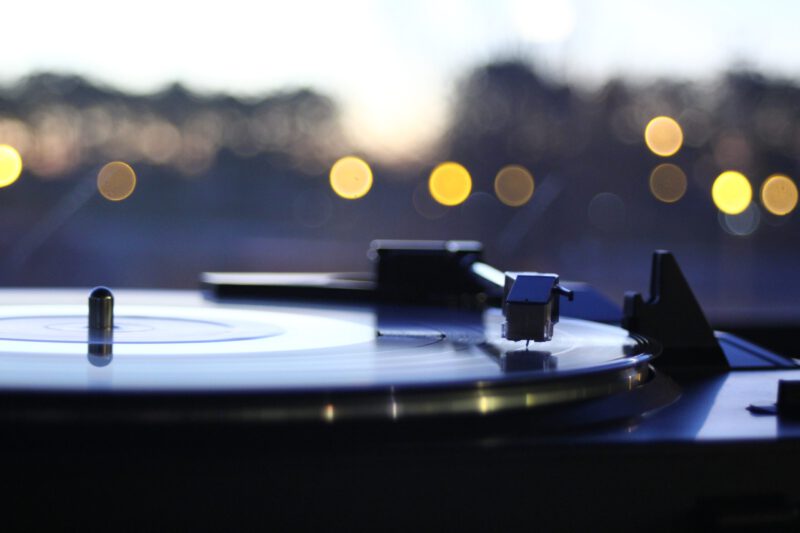In a historic shift, vinyl records have surpassed music CDs in sales for the first time since the 1980s. According to the Recording Industry Association of America (RIAA), vinyl records generated $232 million in sales in the first half of 2020, while CDs brought in just $129 million and those trends have continued since.
This reversal of fortunes marked a major milestone for the music industry, which underwent a series of seismic shifts since the invention of recorded music in the late 19th century. The first commercially successful format was Edison’s wax cylinder records, which could only play for a few minutes and were often used to capture speeches and other short-form recordings. But it wasn’t until the advent of the flat disc format in the early 1900s that recorded music truly took off.
The vinyl album, played at 33+1⁄3 rpm, became the dominant format for recorded music in the 1950s and 1960s, with the advent of rock and roll and the rise of popular music. LPs (long-playing records) allowed for up to 45 minutes of music per side, and the large artwork on the album covers became a signature of the era. However, the rise of 8-track and then cassettes in the 1970s and 1980s, and later CDs in the 1990s, threatened to make the vinyl record obsolete.
Despite these challenges, vinyl records never completely went away. Audiophiles

and collectors continued to appreciate the warm, rich sound of vinyl, and many independent record stores continued to stock and sell LPs even as major retailers abandoned the format. In recent years, the popularity of vinyl has surged, with many younger listeners discovering the format for the first time.
One reason for the resurgence of vinyl is the rise of streaming services, which have made it easier than ever for listeners to access music. While streaming has made it more convenient to discover and listen to new music, it has also created a sense of impermanence and disposability. Vinyl, by contrast, offers a tangible, physical connection to music that music lovers find satisfying.
Another factor driving the vinyl revival is the nostalgia factor. For many people, vinyl represents a bygone era of music, when albums were meant to be listened to from start to finish and when the experience of listening was as important as the music itself. Vinyl has become a symbol of a simpler time, when people would gather around the record player to share the experience of listening to music together.
The COVID-19 pandemic also played a role in the resurgence of vinyl. With many

people stuck at home and looking for new ways to pass the time, the demand for physical media increased. In addition, many artists turned to vinyl as a way to connect with fans during a time when live concerts and other in-person events were canceled or postponed.
While the rise of vinyl is certainly a positive development for the music industry, it is still a tiny niche of the overall market. Streaming continues to dominate the music industry, and CDs, while declining, still generate significant revenue. Nonetheless, the fact that vinyl has surpassed CDs in sales three years in a row, for the first time in decades , is a sign that the format is here to stay, and that there will always be a market for physical media in our increasingly digital world.











